Pop culture has long shaped our vision of technology, from Star Trek’s communicator inspiring the mobile phone to 2001: A Space Odyssey anticipating intelligent AI. The Jetsons stands in that tradition, too. A colorful, optimistic future full of flying cars, robot helpers, and voice-activated homes.
When you rewatch The Jetsons today, it’s striking how much of its 1960s vision has already come true: Video calls, smartwatches, and homes filled with voice-activated gadgets. There were refrigerators dispensing food, laundry machines responding to commands, and Rosie tidying up the house. Even a flying camera-like device buzzes around, eerily reminiscent of modern drones.
Yet for all its creativity, The Jetsons never truly liberated flight from human control. Every sky taxi, mail pod, and flying car still had someone inside. Their futuristic sky remained tethered to the idea that humans would always sit at the controls.
Flight Without Humans
Today’s drone industry has already broken beyond that Jetsonian ceiling. Machines can take off, navigate, avoid obstacles, deliver goods, and return, all without a human pilot onboard. Flight itself is now fundamentally decoupled from human presence. That’s a leap The Jetsons never envisioned.
But while the technology has advanced beyond pop culture’s wildest dreams, the industry hasn’t scaled. Drones remain contained within pilot programs, waiver systems, and special-use cases. What’s missing isn’t the imagination; it’s infrastructure.
Waiting for the Internet Moment
History tells us that transformative innovation hinges on infrastructure. After World War II, the U.S. interstate highway system reshaped the economy, gave birth to entire industries, and revolutionized commerce, returning more than $6 in economic productivity for every dollar spent.1 Likewise, personal computers didn’t revolutionize society until the internet connected them all.
The drone industry is standing at that same inflection point, waiting for its “internet moment,” a convergence of infrastructure, regulation, and connectivity that could unlock exponential growth. Without integrated drone corridors, vertiports, standardized protocols, robust Beyond Visual Line of Sight (BVLOS) regulation, advanced weather intelligence, and a fully deployed Uncrewed Traffic Management (UTM) network, drones remain isolated novelties rather than the backbone of a new economic engine. Weather, so often ignored in the Jetsonian vision of effortless flight, is in reality a cornerstone of safe, scalable operations, an invisible layer of infrastructure as vital as the airspace itself.
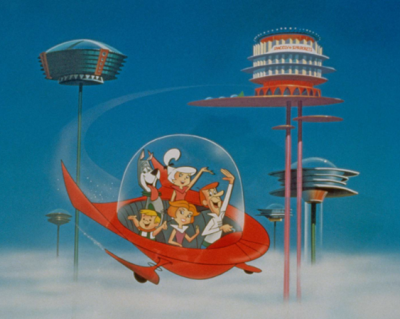
Shaping the Future of Air Taxis
In the emerging U.S. air-taxi market, Joby Aviation and Wisk Aero have emerged as the most advanced players in autonomous electric flight. Joby is deep into FAA certification, targeting commercial operations by 2025. Wisk, backed by Boeing, is developing fully self-flying eVTOL aircraft and has signed agreements with NASA and local governments to integrate its technology into future urban airspace.
In his article “Archer and Joby: The Difference Between First-to-Market and Market Leader,” Juan Plaza draws a sharp distinction between being first and becoming dominant in this new frontier. While Archer has generated buzz through partnerships and public visibility, Joby is methodically stacking certification milestones and flight hours, a strategy Plaza argues positions them as the more credible long-term leader.
These companies are more than air-taxi builders. They are pathfinders for the systems, standards, and public trust that the entire drone ecosystem will need to scale. In many ways, their progress echoes the pre-internet era of personal computing: powerful technology waiting for the connective tissue of infrastructure, regulation, and interoperability that will unlock its true potential. Their success or failure will help determine how quickly the drone industry reaches its long-awaited “internet moment” and whether it does so in a way that inspires confidence or invites caution.
The Infrastructure of Consequence
As drone infrastructure begins to take shape, we’re not just enabling flight, we’re laying the groundwork for a vast, interconnected network that will increasingly depend on artificial intelligence to manage complexity at scale.
During my participation on one of the keynote panels at the 2024 Commercial UAV Expo, I offered a forward-looking perspective. “What we’re building could one day resemble The Terminator’s Skynet.” Not the Hollywood vision of sentient killer robots, but a real-world, distributed AI system capable of coordinating thousands of autonomous machines across airspace, ground operations, and digital logistics.
The idea may sound like science fiction, but it reflects a genuine inflection point. For the first time, technologies such as autonomous systems, real-time data integration, and potentially artificial general intelligence (AGI) are converging to form the nervous system of a connected, decision-making network. A kind of digital organism in its infancy.
Calling it Skynet isn’t about fear. It’s about clarity. The name reminds us that we have a rare chance to design this future wisely, embedding human-centered values into the systems that will govern our digital and physical skies.
The Sky Is Not the Limit
Today, we’re not just building the Jetsons’ world. We’re building something far more complex, more connected, and more consequential. We’re laying the foundation for an autonomous ecosystem governed not by levers and steering wheels, but by algorithms and artificial intelligence.
Yes, calling it Skynet might sound cheeky, but it’s no longer science fiction. It’s a metaphor with teeth. A warning that the choices we make today about AI will shape the very instincts of the nervous system we’re wiring into the skies of tomorrow.
In the not-so-distant future, the skies will hum with drones of every scale, from small package carriers to passenger-ready eVTOLs. The true milestone won’t be liftoff. The milestone will be the day we look up and realize that the network is thinking for itself. Call it a brain in the clouds, the nervous system of tomorrow, or the scaffolding of Skynet. Either way, history will judge whether we coded our values into its DNA or left the future to chance.
REFERENCES
1. ASCE's 2025 Infrastructure Report Card, Happy 60th Birthday, Interstate Highway System!


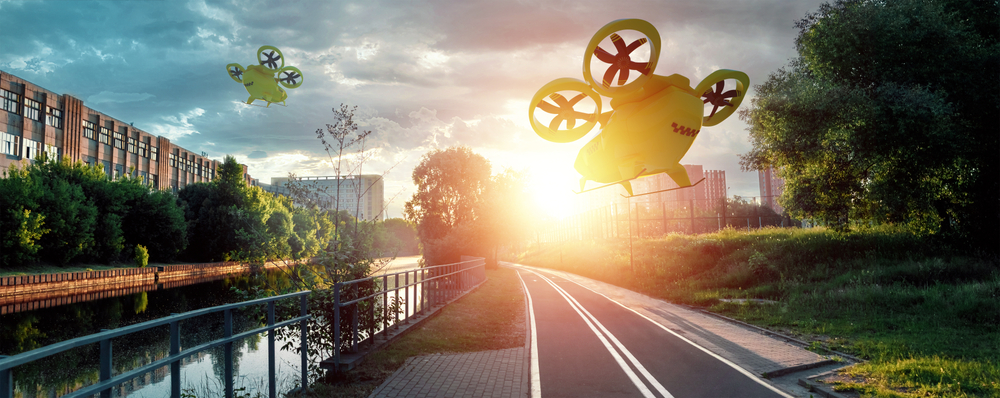

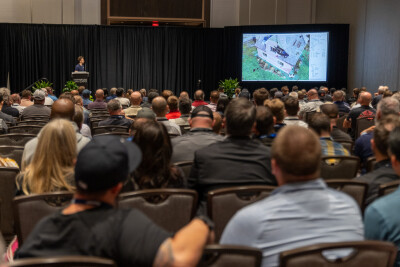
.png.small.400x400.png)

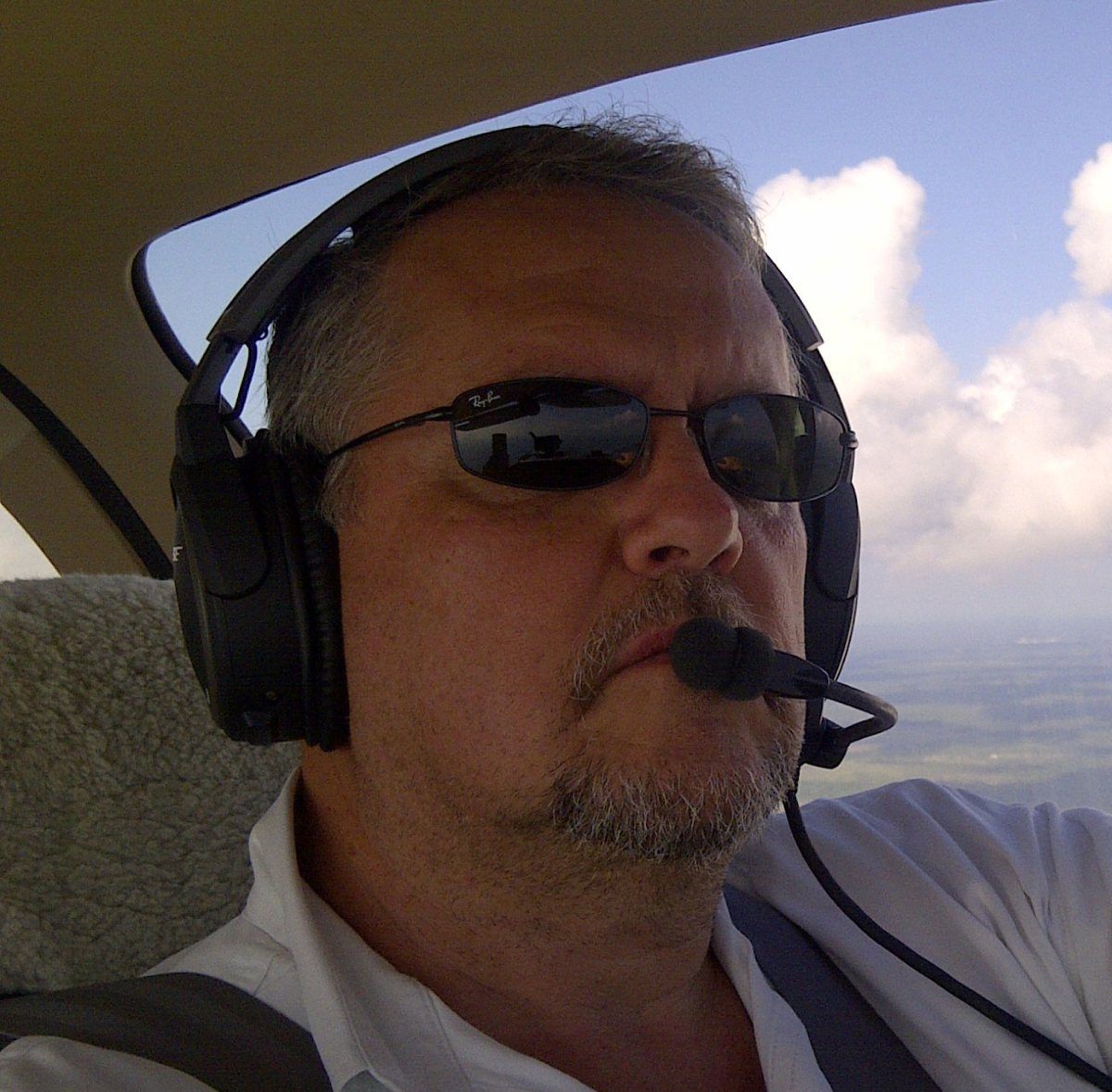





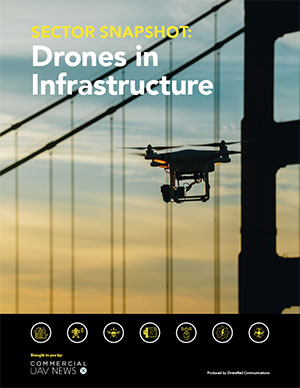
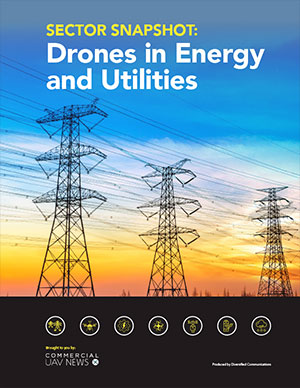

Comments